- Have any questions?
- +86-189 8930 5995
- sales@mosinterchem.com.cn
Silymarin CAS 22888-70-6

Octacosanol CAS 557-61-9
17/12/2018
Saw Palmetto extract CAS 84604-15-9
17/12/2018| Model: | MOS22888-70-6 |
| Brand Name: | MOSINTER |
| CAS No.: | 22888-70-6 |
| Appearance: | Yellow powder |
| Molecular formula: | C25H22O10 |
| Molecular weight: | 482.44 |
| Storage condition: | -20°C |
| Melting Point: | 164-174°C |
| Stability: | Stable. Incompatible with strong oxidizing agents, strong bases. |
Silymarin (CAS: 22888-70-6)
| Item | Index |
| Appearance | Yellow powder |
| Purity | UV60%-90%,HPLC15%-50% |
Silibinin (INN), also known as silybin (both from Silybum, the generic name of the plant from which it is extracted), is the major active constituent of silymarin, a standardized extract of the milk thistle seeds, containing a mixture of flavonolignans consisting of silibinin, isosilibinin,silicristin, silidianin and others. Silibinin itself is mixture of two diastereomers, silybin A and silybin B, in approximately equimolar ratio. Bothin vitro and animal research suggest that silibinin has hepatoprotective (antihepatotoxic) properties that protect liver cells against toxins. Silibinin has also demonstrated in vitro anti-cancer effects against human prostate adenocarcinoma cells, estrogen-dependent and -independent human breast carcinoma cells, human ectocervical carcinoma cells, human colon cancer cells, and both small and nonsmall human lung carcinoma cells.
Chemically modified silibinin, silibinin dihydrogen disuccinate disodium (trade name Legalon SIL), a solution for injection, is currently being tested as a treatment of severe intoxications with hepatotoxic substances, such as death cap (Amanita phalloides) poisoning. There is also clinical evidence for the use of silibinin as a supportive element in alcoholic and child grade ‘A’ liver cirrhosis.
Pharmacology
Poor water solubility and bioavailability of silymarin led to the development of enhanced formulations. Silipide (trade name Siliphos), a complex of silymarin and phosphatidylcholine (lecithin), is about 10 times more bioavailable than silymarin. An earlier study had concluded Siliphos to have 4.6 fold higher bioavailability. It has been also reported that silymarin inclusion complex with β-cyclodextrin is much more soluble than silymarin itself. There have also been prepared glycosides of silybin, which show better water solubility and even stronger hepatoprotective effect. Silibinin has been reported to exert a neuroprotective effect in mice.
Silymarin is the first ingredient in several products sold as herbal telomerase activators, though the research demonstrating silymarin’s effectiveness in this regard is proprietary and unpublished.
Silymarin, as other flavonoids, has been shown to inhibit P-glycoprotein-mediated cellular efflux. The modulation of P-glycoprotein activity may result in altered absorption and bioavailability of medicine that are P-glycoprotein substrates. It has been reported that silymarin inhibits cytochrome P450 enzymes and an interaction with medicine primarily cleared by P450s cannot be excluded.
Toxicity
A phase I clinical trial in humans with prostate cancer designed to study the effects of high dose silibinin found 13 grams daily to be well tolerated in patients with advanced prostate cancer with asymptomatic liver toxicity (hyperbilirubinemia and elevation of alanine aminotransferase) being the most commonly seen adverse events.
The compound is also devoid of embryotoxic potential in animal models.
Complementary and alternative medicine
A recent study suggested that silymarin may help patients with type II diabetes by assisting in blood sugar control.
Lab experiments on mice showed that silibinin protects the hepatic cells against the toxin alpha-amanitin which causes Amanita phalloides mushroom poisoning.
Biotechnology
Silymarin can be produced in callus and cells suspensions of Silybum marianum and substituted pyrazinecarboxamides can be used as abiotic elicitors of flavolignan production.
You must be logged in to post a review.

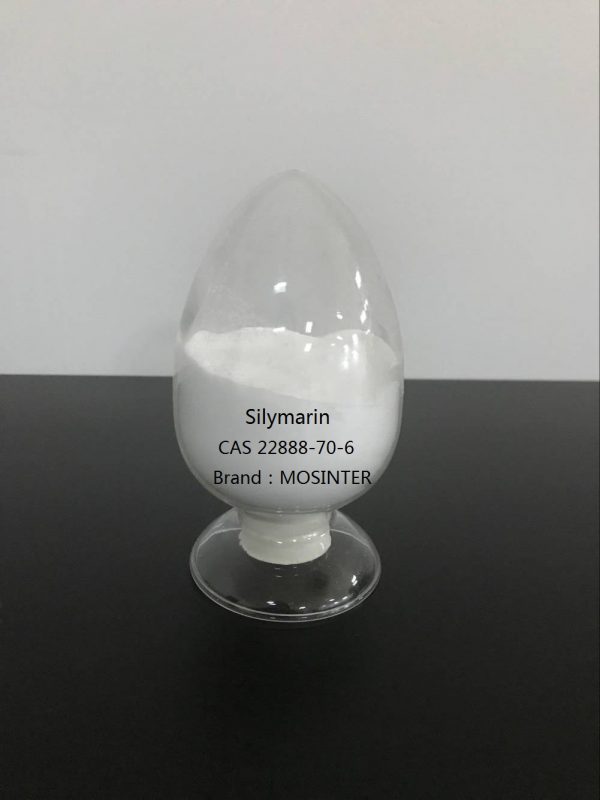
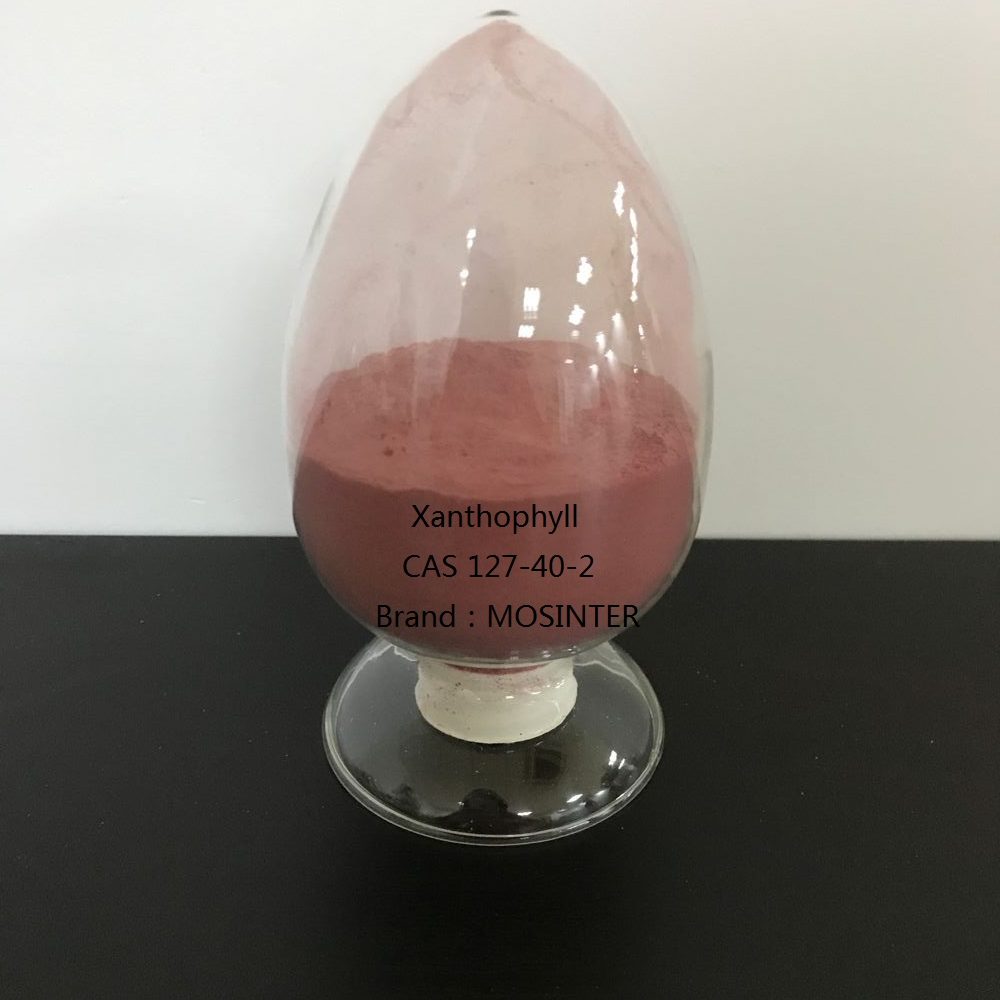
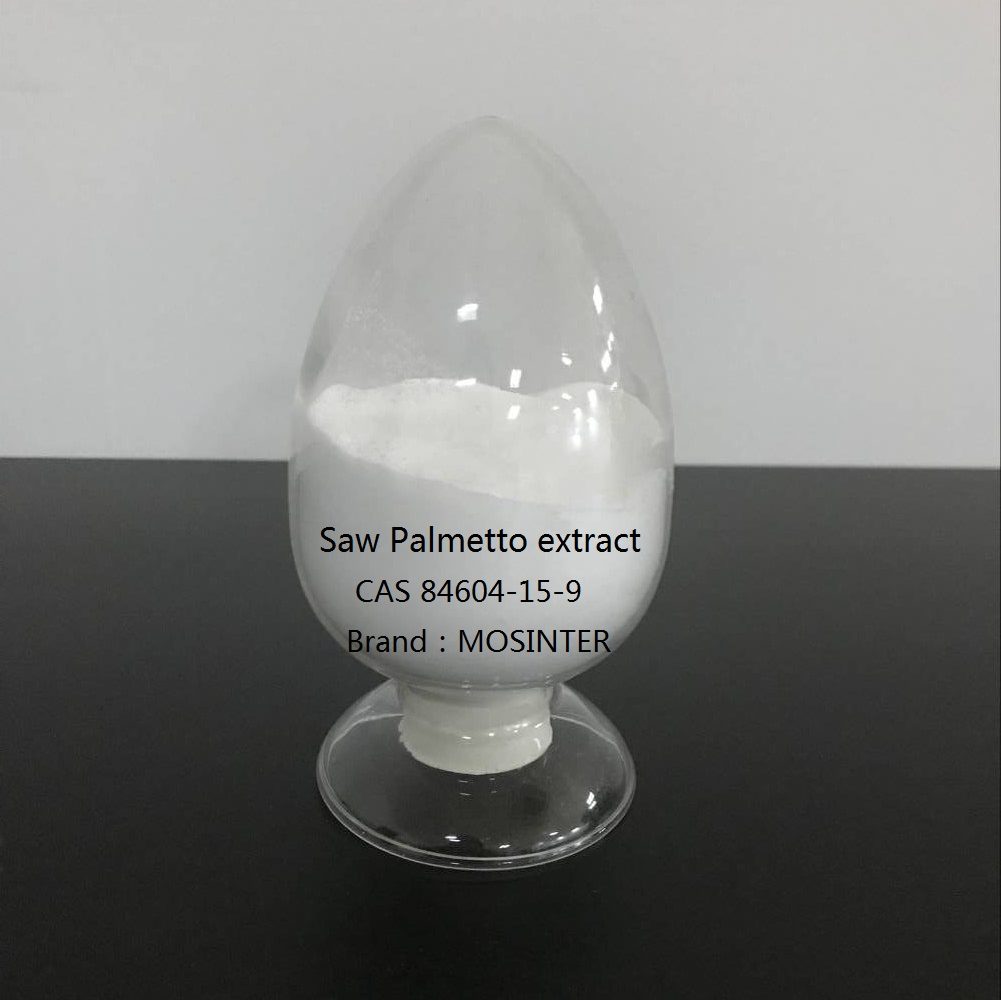
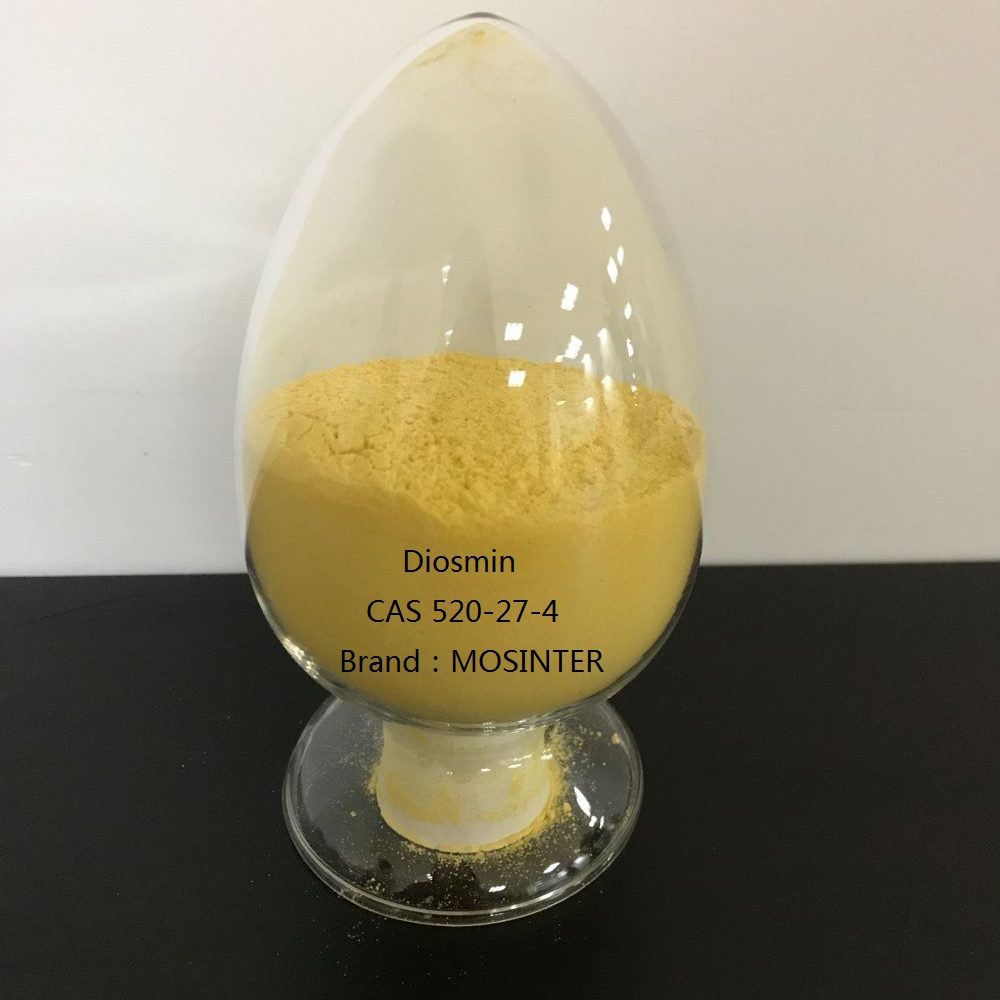
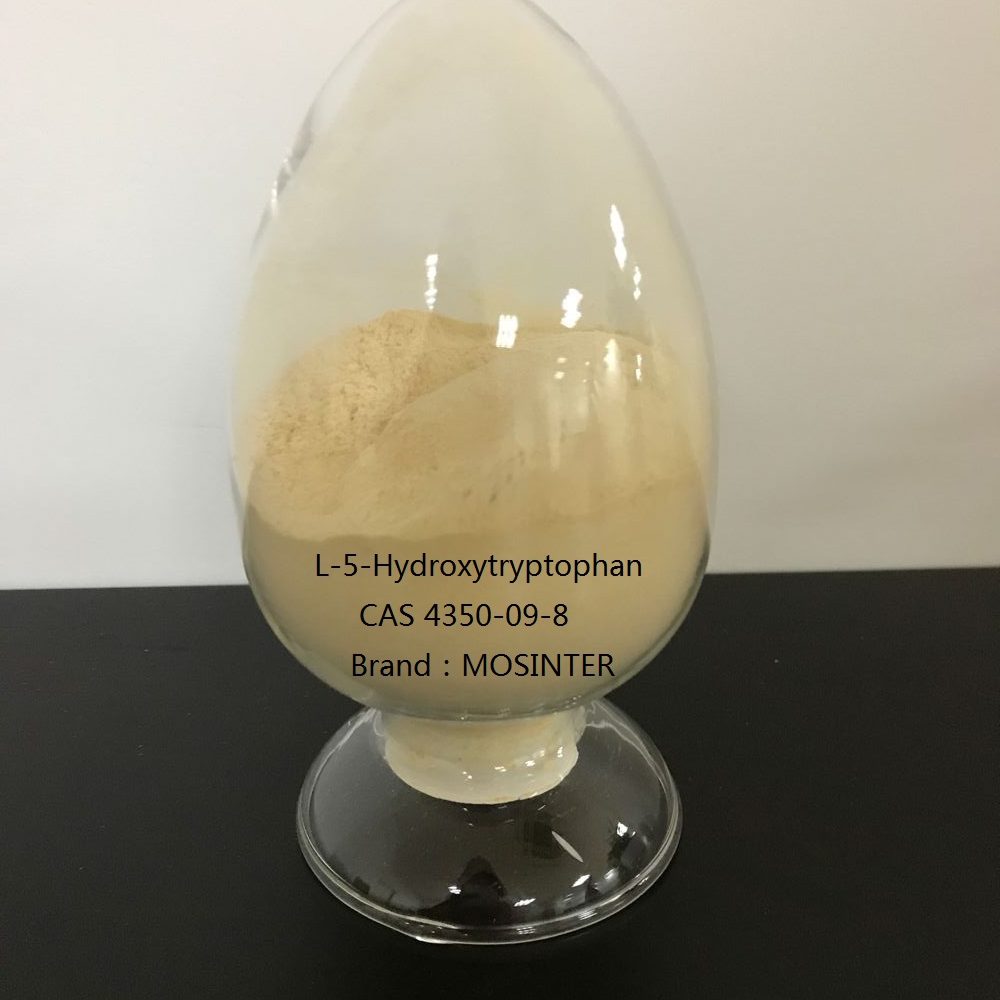
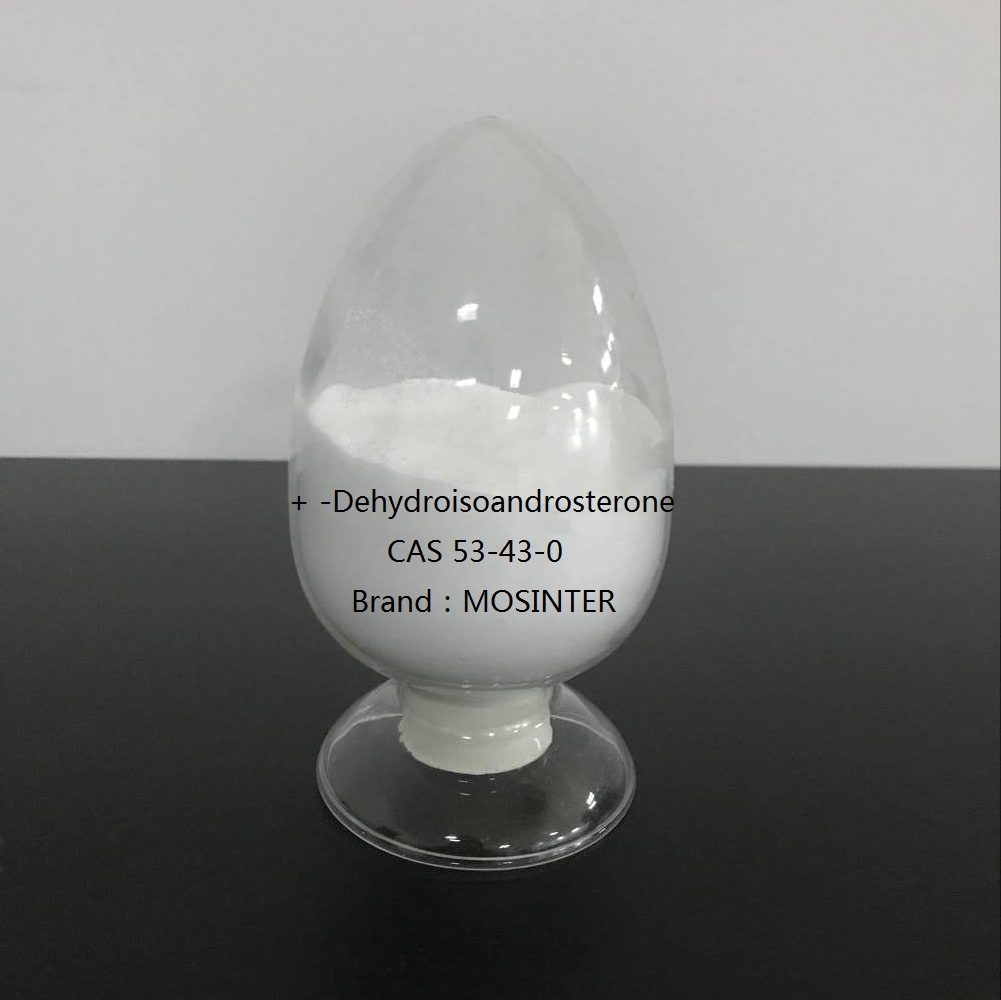
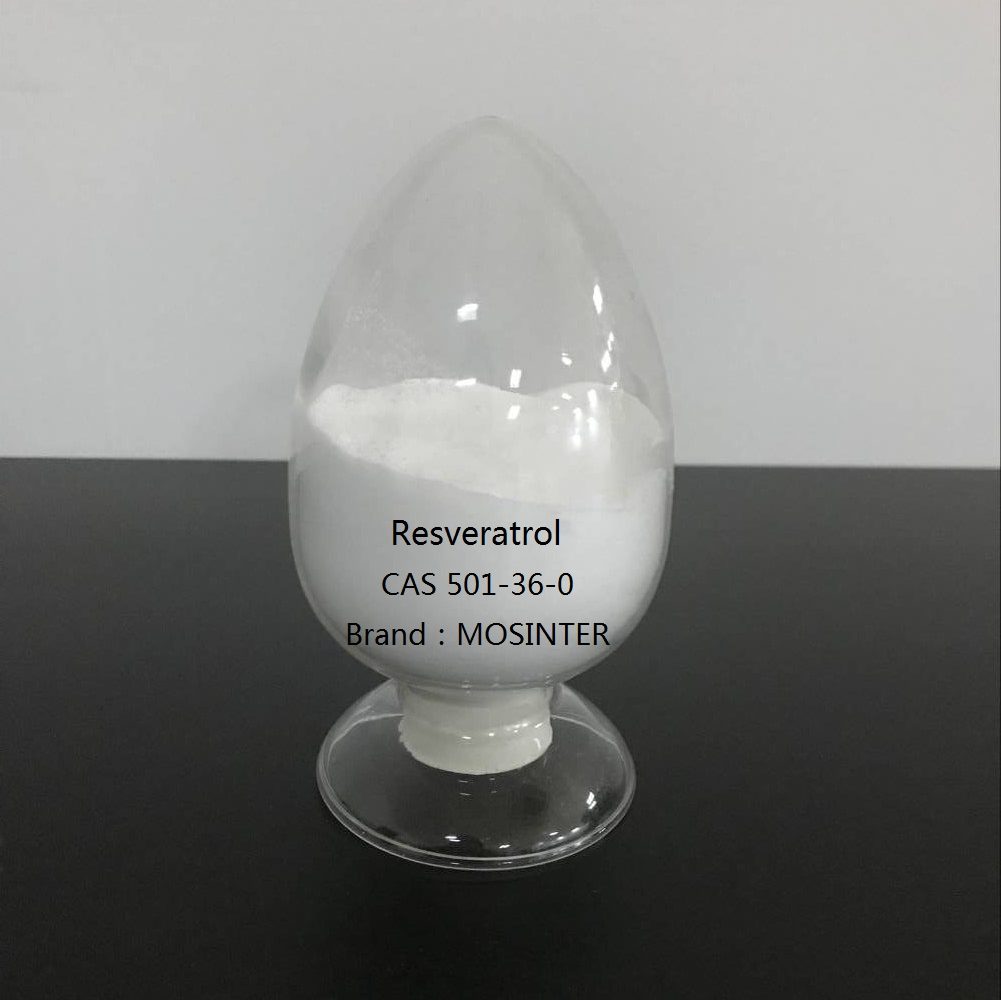
Reviews
There are no reviews yet.